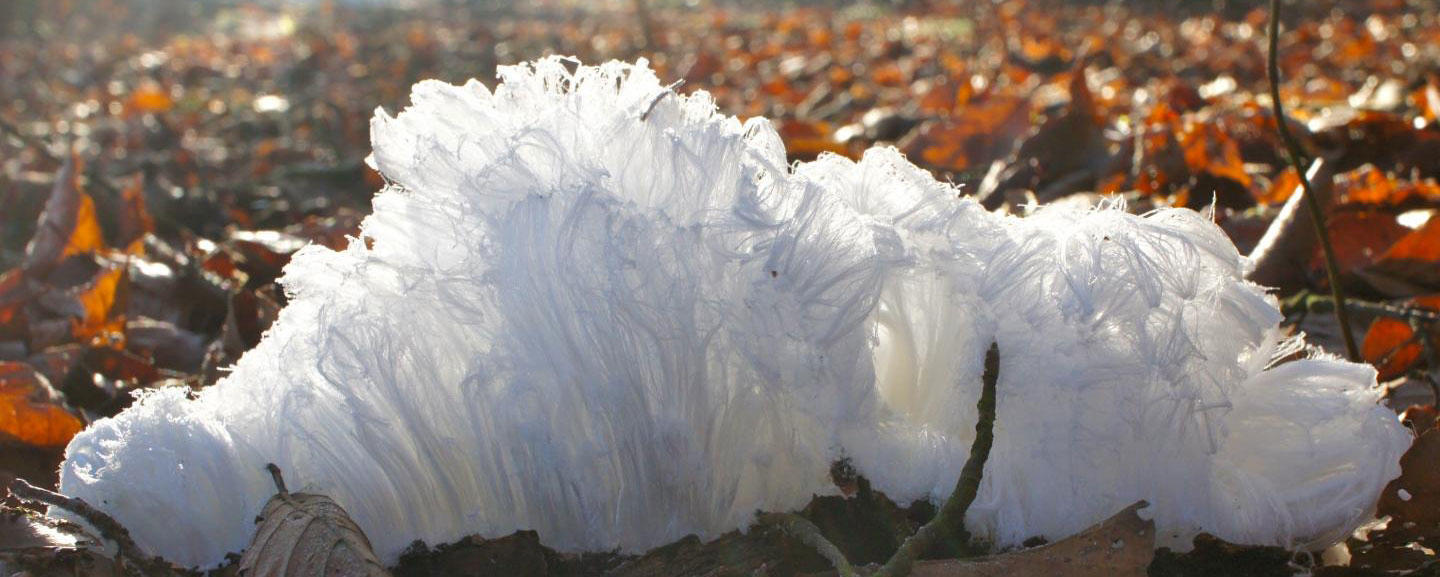A salp chain hangs suspended in the open ocean near Bali, Indonesia.
PHOTOGRAPH BY REINHARD DIRSCHERL, ULLSTEIN BILD/GETTY IMAGES
By Rachel Kaufman, National Geographic
PUBLISHED
Often called "jellyfish eggs" for their superficial resemblance, these creatures are called salps and they're more closely related to people than they are to jellyfish.
In fact, the only thing salps and jellyfish have in common is that both are gelatinous and both float around in the ocean, says Larry Madin, executive vice president and director of research at the Woods Hole Oceanographic Institution in Massachusetts.
Changes in wind direction or water currents will push the barrel-shaped animals on to beaches, which happens with some regularity, says Paul Bologna, director of the marine biology and coastal sciences program at Montclair State University in New Jersey.
That’s what happened in Ocean City, Maryland, on July 11 and 12, and it’s what’s happened up in Cape Cod, where Madin says he’s heard reports of salp strandings this summer.
The good news is, they're entirely harmless, unlike some of the other gelatinous things people have reported seeing on beaches in recent years. A Portuguese man-of-war washed up in Atlantic City, New Jersey, last week and Bologna says last year a number of box jellies were sighted off the New Jersey coast.
A Weird Sex Life
Salps are part of a group called tunicates, says Madin, a tunicate specialist. And members of this group have a kind of primitive backbone, which jellies lack. The animals can also "give birth" to long chains of clones, and recent research finds that they may actually be a weapon against global warming.
Sometimes referred to as "jellyfish eggs," salps are the latest gelatinous animal to wash ashore along the U.S. east coast.
PHOTOGRAPH BY CHRIS COMBS, NATIONAL GEOGRAPHIC
The thumbnail-size salps most commonly sighted on beaches are one of about 50 species which range from Antarctica to just south of the Arctic. Some species can get up to almost a foot (30 centimeters) long.
Part of their life cycle involves asexual budding, where one salp creates a chain of hermaphroditic clones that stay connected. The chains in some species can get up to 50 feet (15 meters) long. Sometimes, Madin says, the salp chain comes out in shapes; one species creates a wheel of salps, while another species organizes its chains into a double helix.
Eventually, the salp chains break apart. All the individuals that are released turn into females containing one egg. Males from a previous generation of salps will fertilize the females, producing an embryo. The "mother" then develops testes and goes on to fertilize the eggs of other nearby salps, all while the embryo continues to grow inside of it. That embryo eventually pops out and grows up to create another chain of clones.
A salp's ability to mate and combine different genetic material keeps populations healthy, says Madin, while their cloning abilities let them reproduce very quickly. (See "Huge Swarm of Gelatinous Sea Creatures Imaged in 3-D.")
A "Weapon" Against Climate Change
Salps' cloning tendencies also let them take advantage of algae blooms. The animals gorge themselves on the algae and pump out chains of salp babies. All that eating also produces large fecal pellets that "sink rapidly, as much as a thousand meters a day," Madin says.
This is a salp's secret weapon against climate change. The algae that they eat uses carbon dioxide from the atmosphere to grow. The salps then eat the algae and all that carbon. When the animals produce their pellets, that carbon sinks to the bottom of the ocean where it's essentially removed from the carbon cycle.
Essentially, salps repackage carbon into big pieces that sink very quickly into the ocean, says Bologna. "It's one way of trying to balance out how much CO2 is in the atmosphere."
Madin is skeptical that the salps will be able to keep up with the increased carbon in the atmosphere, but notes that salps can eat much smaller particles of plankton than animals like crustaceans and copepods. "One thing we see with warming temperatures is that the types of phytoplankton species are changing from larger ones, like diatoms, to smaller ones which we call picoplankton," he explains.
So "salps may have a competitive advantage as the oceans grow warmer," Madin says, because they'll be able to eat the really small plant plankton that will become more common.
Which means we may see more and more of these gelatinous creatures washing up onto beaches in the near future.





























